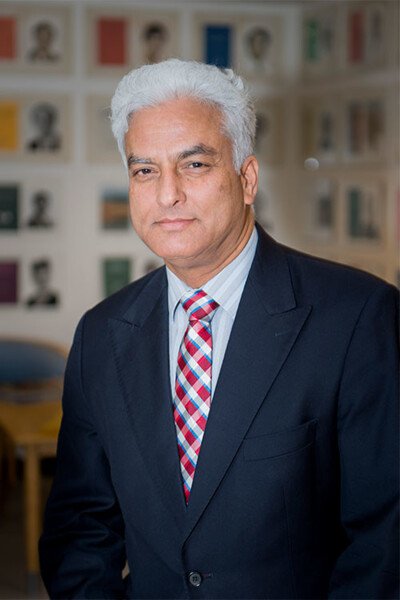The placenta is a key to understanding disease
Ganesh Acharya, Professor of Obstetrics and Gynaecology at the Department of Clinical Science, Intervention and Technology (CLINTEC), researches the cardiovascular system of pregnant women and their unborn babies. His research is both clinical and experimental, and aims to increase knowledge about the physiology of pregnancy and to develop methods for the clinical use of new ultrasound technology.

Ganesh Acharya’s research concerns understanding the function of the heart and blood system of fetuses and pregnant women. One important aspect of his research, which is both clinical and experimental, is the clinical application of the latest ultrasound imaging techniques during maternity care and other aspects of childbirth.
“We know that the cardiovascular system changes a lot during pregnancy, but we still know little about how this happens,” says Professor Acharya. “We know even less about the heart and circulatory system of the fetus, since they are so hard to study. However, if we’re to understand diseases and develop effective treatments, we need to learn more about fetal physiology.”
The conditions and complications that interest Professor Acharya include intrauterine growth restriction and preeclampsia. Key to this is understanding the function of the placenta.
A temporary organ
“The placenta is the key to so much. It’s a temporary organ that has to do the work of many other organs and is therefore important in the event of disease. You can develop preeclampsia without a fetus, but not without a placenta.”
In one project, Professor Acharya is working alongside researchers at KI and the Royal Institute of Technology, KTH, to develop new tools for monitoring heart function in the fetus.
“Monitoring the baby’s pulse gives some information but not all. The more precise we are in judging a situation, the better we are at making the right decisions while taking care of the pregnant women during labour and delivery: are the mother and the baby doing well or do we have to deliver immediately? The diagnostic methods we develop must be simple to use and give immediate readings. During childbirth, when an emergency situation arises, there’s no time to lose.”
Text: Anders Nilsson, first published in the booklet "From Cell to Society 2016".
